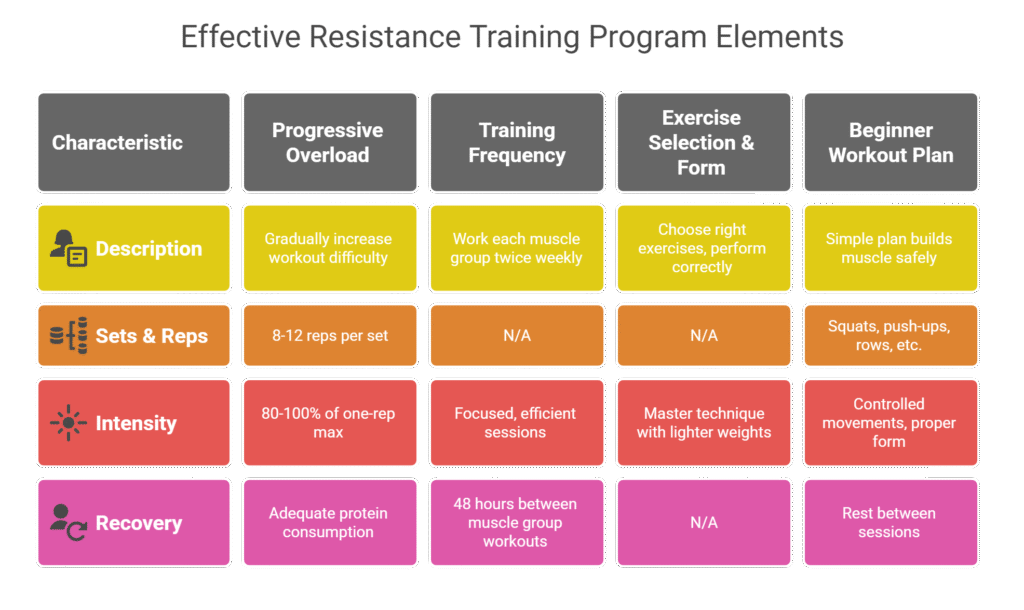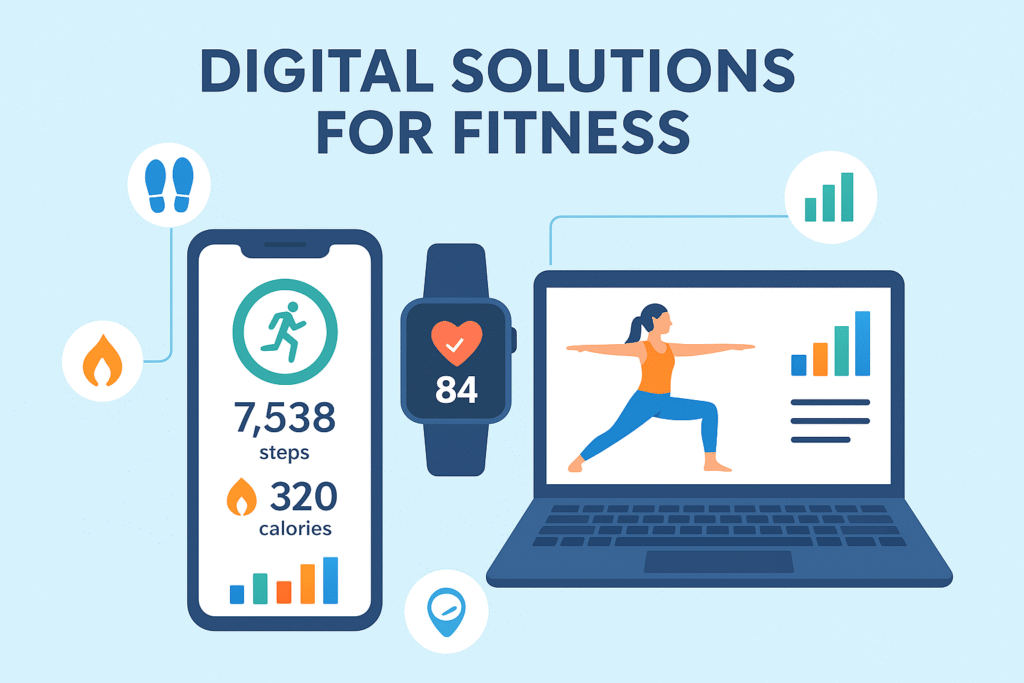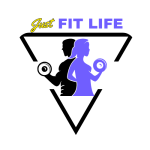Check out
Yoga and Strength Training: 5 Secrets to Peak Fitness7 Proven Steps: Create Your Perfect Weekly Fitness Schedule
Creating a sustainable fitness routine can feel
overwhelming, especially when people struggle to maintain consistency. Many individuals start with enthusiasm but quickly abandon their goals due to poor planning. The secret lies in learning how to create a weekly fitness schedule that fits seamlessly into one’s lifestyle while delivering real results.


- Improved consistency when workouts align with natural energy patterns
- Better performance during peak energy windows
- Reduced stress from conflicting schedules
- Long-term sustainability through adaptable planning
- Set clear fitness goals → Decide whether your focus is weight loss, strength, stamina, or overall health.
- Balance workout types → Mix strength training, cardio, flexibility, and recreational activities for all-round fitness.
- Adapt to your lifestyle → Choose workout times that fit your daily routine to stay consistent..
- Stay flexible → Adjust your schedule when life gets busy—short sessions still count toward fitness goals.
Common mistakes include jumping into intense routines without proper preparation, ignoring rest day planning, and creating schedules that conflict with work and family responsibilities. The key to success lies in developing a personalized weekly exercise plan that evolves with one’s lifestyle and fitness level.
Why Most People Struggle with Fitness Consistency
The fitness industry is filled with people who start strong but fade quickly. Research shows that most individuals abandon their 7 day workout schedule within the first few weeks. This happens because they approach fitness planning without considering their personal circumstances, energy levels, and realistic time constraints.
Common mistakes include jumping into intense routines without proper preparation, ignoring rest day planning, and creating schedules that conflict with work and family responsibilities. The key to success lies in developing a personalized weekly exercise plan that evolves with one’s lifestyle and fitness level.
This is presents a comprehensive breakdown of five essential components for designing an effective resistance training program:

Step 1: Assess Your Current Fitness Level and Available Time
Before diving into workout planning, individuals must honestly evaluate their starting point. This assessment includes understanding current physical capabilities, identifying time availability, and recognizing personal preferences for different types of exercise.
Evaluating Physical Readiness
A proper fitness assessment helps determine appropriate exercise frequency and intensity levels. Beginners should focus on building basic movement patterns and cardiovascular endurance. Those with some experience can incorporate more challenging exercises and varied training methods.
Time Availability Analysis
Creating a realistic fitness schedule template requires examining daily and weekly schedules. Most people overestimate their available time and underestimate the energy required for consistent exercise scheduling. A thorough time audit reveals the best windows for physical activity
Step 2: Determine Your Optimal Workout Frequency
Scientific research provides clear guidelines for optimal
exercise frequency based on fitness level and goals.Understanding these evidence-based recommendations helps avoid the common trap of doing too much too soon while ensuring adequate stimulus for progress.
Science-Based Frequency Guidelines
Beginners achieve optimal results with 3-4 training days per week, allowing adequate recovery time planning between sessions. This frequency provides sufficient stimulus for adaptation while preventing overuse injuries and burnout. The question of how many days workout per week for newcomers is definitively answered by research showing that more isn’t necessarily better during the initial months of training.
Intermediate exercisers can handle 4-5 training days per week, incorporating more variety in their weekly workout structure. This increased frequency allows for greater training volume and more specialized focus on different fitness components.
Advanced individuals may train 5-6 days per week, though this requires careful muscle group scheduling and sophisticated recovery time planning. Even elite athletes rarely train intensely every day, understanding that rest day planning is crucial for continued progress.
Balancing Work, Life, and Fitness
Peak Energy Time Identification
- Peak energy time identification significantly impacts workout calendar success
- Some individuals feel most energetic in the morning, while others prefer afternoon or evening sessions
- Aligning exercise scheduling with natural energy rhythms improves consistency and performance
Family and Work Schedule Integration
- Family and work schedule integration requires strategic planning and flexibility
- A weekly gym schedule planner must account for varying work demands, children’s schedules, and social obligations
- The most sustainable weekly training calendar adapts to life’s rhythms rather than fighting against them
- A weekly gym schedule planner must account for varying work demands, children’s
schedules, and social obligations - The most sustainable weekly training calendar adapts to life’s rhythms rather than fighting
against them
Creating Flexibility in Your Schedule
- Successful individuals often identify 2-3 backup time slots for each planned workout
- Creating flexibility within their training schedule design prevents scheduling conflicts
- This approach prevents the all-or-nothing mentality that derails many fitness programs
- Life inevitably interferes with perfect planning, so backup options ensure consistence
Key Benefits of Strategic Timing
- Improved consistency when workouts align with natural energy patterns
- Better performance during peak energy windows
- Reduced stress from conflicting schedule
- Long-term sustainability through adaptable planning
- Prevention of program abandonment due to rigid scheduling
Step 3: Choose Your Optimal Training Split
The foundation of any effective workout calendar lies in selecting an appropriate training split. Different approaches work better for various fitness levels, goals, and time availability.
Weekly Workout Split Options
Beginners benefit from full-body routines performed 3-4 times perweek. This approach allows adequate recovery time planning whilebuilding overall strength and endurance. A simple 7 day exercise routine might include three full-body sessions with active recovery days in between.
Intermediate exercisers can explore upper/lower splits or push/pull/legsdivisions. These approaches allow for higher training volume while maintainingproper recovery. The weekly gym schedule planner should account forincreased complexity and duration.
Advanced individuals might benefit from specialized splits targeting specific muscle groups or movement patterns. However, even experienced exercisers should prioritize muscle group scheduling that allows for adequate recovery between sessions.
Step 4: Plan Your Weekly Structure
| Day | Focus / Activity |
| Monday | Upper body strength training |
| Tuesday | Cardio and strength training combination |
| Wednesday | Lower body focus |
| Thursday | Active recovery or flexibility work |
| Friday | Full body circuit or metabolic training |
| Saturday | Recreational activity or longer cardio session |
| Sunday | Complete rest or gentle movement |
This structure demonstrates effective training schedule design that balances intensity, recovery, and variety throughout the week.
Step 5: Incorporate Progressive Overload
Progressive overload scheduling ensures continuous improvement and prevents plateaus. This principle involves gradually increasing training demands over time through various methods including increased weight, repetitions, sets, or exercise complexity.
Implementation Strategies
Successful progressive overload scheduling requires careful tracking and systematic advancement. Individuals should focus on one variable at a time, making small incremental changes that challenge the body without overwhelming recovery capacity.
Many people underestimate the importance of rest day planning in their overall fitness strategy. Recovery is when the body adapts to training stimuli, making it essential for progress and injury prevention.
Active vs Passive Recovery
Recovery time planning can include both complete rest and light activities that promote blood flow and flexibility. Active recovery might involve gentle walking, yoga, or mobility work, while passive recovery focuses on sleep, nutrition, and stress management.
Step 6: Plan Your Rest and Recovery
- Rest days are essential for adaptation, progress, and injury prevention.
- Recovery includes active recovery (gentle walking, yoga, mobility exercises) and passive recovery (sleep, nutrition, stress management).
- Proper recovery planning ensures workouts are effective and prevents burnout.
- Schedule rest days strategically between intense sessions to allow muscles to repair and energy levels to replenish.
Step 7: Create Your Personalized Schedule Template
The final step involves combining all previous elements into a practical, sustainable gym schedule maker approach. This personalized system should reflect individual preferences, constraints, and goals.
Workout Routine Template Considerations
A successful template accounts for seasonal changes, travel schedules, and life circumstances. Flexibility within structure allows for consistency without rigidity. The best weekly workout schedule for beginners might look different from advanced routines, but both should prioritize sustainability over perfection.
Tools and Resources for Success
Modern technology offers numerous solutions for exercise scheduling and progress tracking. Weekly fitness schedule app options range from simple calendar tools to comprehensive workout planner tool platforms
Common Questions
How to Plan Rest Days in Workout Schedule?
Rest day planning should consider training intensity, muscle groups worked, and individual recovery needs. Active recovery days can maintain momentum while allowing for physical and mental restoration.
What is a Good Weekly Workout Routine?
A quality routine balances different types of training, includes adequate recovery, and matches individual preferences and constraints. The how to structure a weekly workout plan question depends on personal circumstances and objectives.
How Many Days a Week Should I Workout?
The optimal frequency depends on individual factors including fitness level, goals, and recovery capacity. Beginners typically benefit from 3-4 days per week, while more experienced individuals might train 5-6 days with proper rest day planning.
Digital Solutions

A quality workout planner tool can simplify scheduling, track progress, and provide workout suggestions. Many apps offer fitness schedule template free options that users can customize based on their specific needs.
Traditional Methods
- Some individuals prefer physical
- planners or printable templates. A weekly workout plan PDF can provide
- structure without requiring digital devices. The key is choosing a system thatencourages consistency and easy tracking.
How to Make a Weekly Workout Schedule for Beginners
New exercisers should start simple and gradually increase complexity. A beginner-friendly approach focuses on establishing habits rather than maximizing intensity. How to plan weekly workouts at home might involve bodyweight exercises and minimal equipment.
Getting Started

The create weekly fitness schedule template process for beginners should prioritize consistency over perfection. Starting with 2-3 days per week allows for adaptation while building confidence and skill.
Weekly Fitness Routine for Weight Loss
Weight loss goals require specific considerations in exercise routine planner development. Combining cardio and strength training typically produces the best results for body composition changes.
Balancing Training Types
A weekly fitness routine for weight loss might emphasize metabolic training and higher frequency sessions while maintaining strength training to preserve muscle mass during caloric deficits.
Advanced Scheduling Considerations
Experienced individuals can explore more sophisticated training schedule design approaches. This might include periodization, specialized phases, or integration with competitive goals.
Custom Weekly Workout Plan Development
Advanced practitioners often benefit from custom weekly workout plan approaches that address specific weaknesses or goals. This level of customization requires deeper understanding of training principles and recovery needs.
Final Thoughts & Next Steps
The journey to fitness success doesn’t require perfection—it demands consistency and smart planning.
These proven steps provide a comprehensive roadmap for anyone looking to Create Your Perfect Weekly Fitness Schedule that withstands the test of time and real-world challenges
The path to lasting fitness success is built one workout at a time, one week at a time.
ments while holding small dumbbells or resistance bands.

